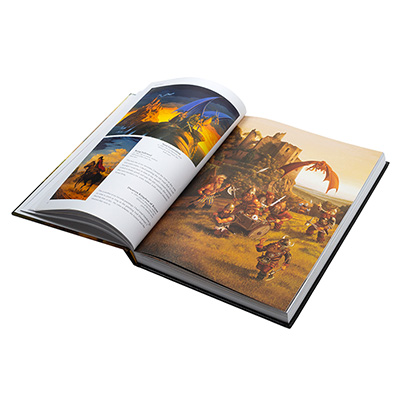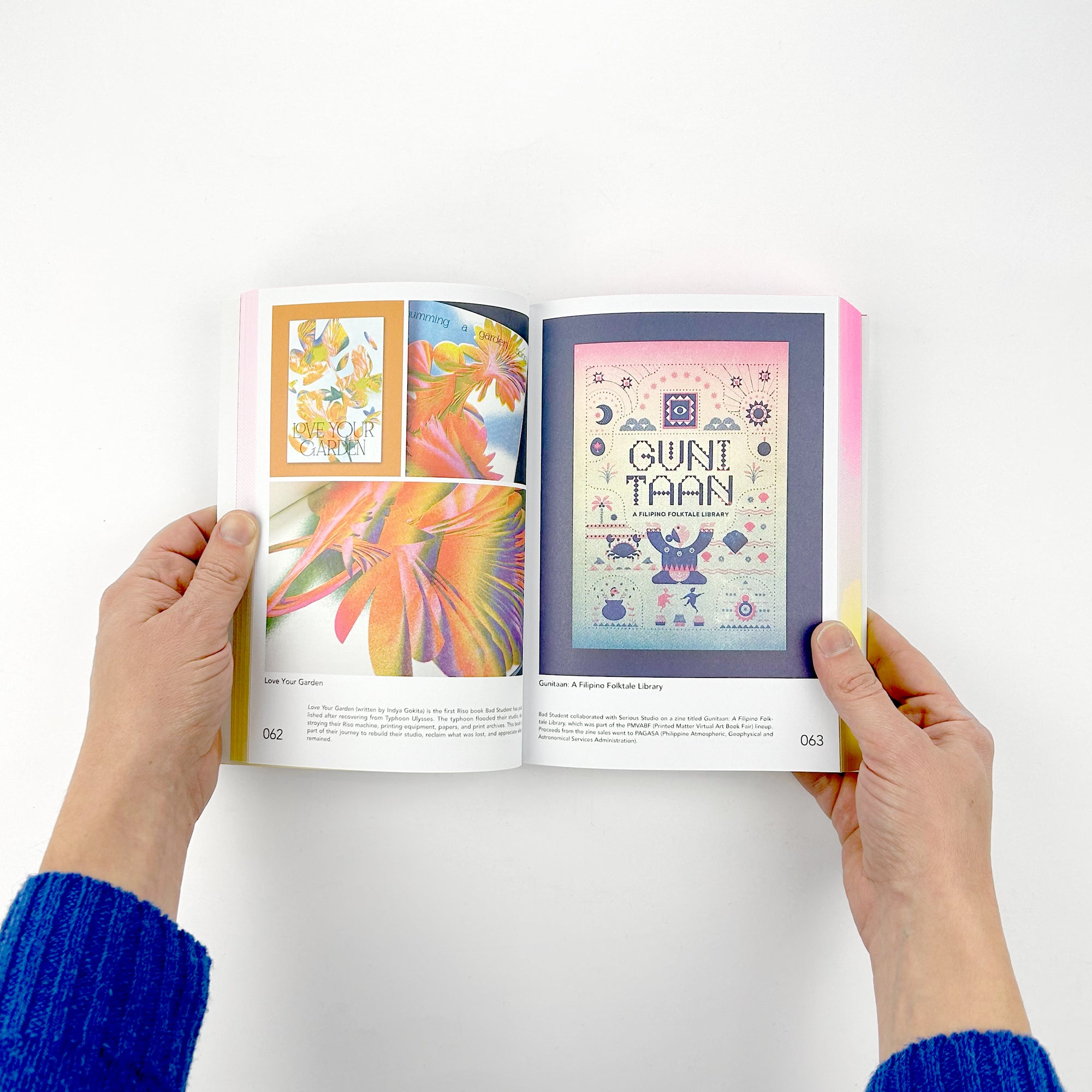The Designer’s Guide to Releasing a High-Quality art book
The Designer’s Guide to Releasing a High-Quality art book
Blog Article
Discover the Important Overview to Art Book Printing for Aspiring Artists and Publishers
As an ambitious artist or author, comprehending the subtleties of art book printing is essential to bringing your vision to life. What are the crucial components you should focus on to develop a magnificent art book that genuinely represents your work?
Recognizing Different Kinds Of Art Books
When you dive into the world of art publications, you'll swiftly discover that they come in numerous kinds, each customized to different imaginative expressions and target markets. Coffee table books usually showcase spectacular visuals, best for informal browsing, while monographs dive deep into a specific artist's job, giving context and insights. If you have an interest in particular art movements, exhibition directories supply in-depth paperwork of programs, including essays and critiques.
For training objectives, art guidebooks and technique publications guide you through numerous mediums and styles, making them necessary for striving musicians. Lastly, restricted edition or artist publications blur the lines between art and literature, frequently including unique design elements or handcrafted attributes. Understanding these types helps you establish what resonates with you and what could finest match your target market. Each layout offers its purpose, and knowing their differences can improve your art book trip.
Selecting the Right Paper and Products
Picking the appropriate paper and materials can greatly affect the general top quality and feeling of your art book. For vibrant colors and elaborate information, decide for a glossy finish or a heavyweight matte paper that improves visual depth.
Think of the weight of the paper, also. Thicker options typically provide a more specialist appearance, while lighter documents can decrease printing costs. Do not neglect concerning the binding products; a tough cover can safeguard your pages and add to the book's aesthetic.
Lastly, consider sustainability. Eco-friendly options are getting appeal and can show your values as an artist. By thoroughly picking your paper and materials, you'll assure that your art book not only looks wonderful however likewise feels special in the hands of your viewers.

Picking the Ideal Printing Strategies
When it involves printing your art book, selecting in between offset and digital printing can substantially affect your end product. You'll additionally desire to think about how paper high quality affects the total look of your art work. Allow's check out these vital printing techniques to find the finest fit for your task.
Countered vs. Digital Printing
While both balanced out and digital printing have their advantages, picking the best method for your art book can greatly affect the final item. Countered printing provides top quality images and dynamic shades, making it perfect for bigger print runs. Eventually, your option should line up with your imaginative vision and circulation strategy, guaranteeing that your art book mirrors the high quality you prefer.
Paper Quality Considerations
Selecting the appropriate paper top quality can considerably enhance the aesthetic allure and responsive experience of your art book. For prints, a shiny surface can make pictures pop, while a matte surface provides a softer, a lot more subtle look.
Next, consider the sustainability of your option. Green choices are coming to be significantly prominent and can appeal to environmentally-conscious readers. Finally, request samples to see just how different papers work with your art work, making sure the final product shows your vision completely.
Making Certain Shade Precision in Your Prints
To achieve spectacular prints, you need to concentrate on color precision from the beginning. You'll wish to utilize color calibration methods to confirm your screen and printer are in sync. Additionally, proofing your job prior to the final print run can assist catch any kind of discrepancies, guaranteeing your art looks equally as you imagined.
Shade Calibration Strategies
Assuring shade precision in your prints starts with efficient color calibration methods that assist keep uniformity in between your electronic photos and final printed products. First, adjust your screen making use of hardware calibration tools to achieve the most effective color representation. This confirms that what you see on-screen suits what gets published. Next, pick a color profile fit for your printing process, like CMYK for print materials. Consistently inspect your printer's settings and maintain it to avoid color shifts. It's also crucial to utilize top notch paper that complements your inks, as various surfaces can significantly influence shade outcome. By constantly applying these methods, you'll boost the overall high quality of your art prints and far better share your imaginative vision.
Proofing for Accuracy
While you might believe your digital images await print, proofing is essential for attaining shade precision. Prior to committing to a complete print run, always request a proof from your printer. This permits you to see exactly how colors translate from display to paper. Compare the proof with your adjusted screen to spot any kind of discrepancies. Take notice of saturation, brightness, and shade, as these aspects can considerably impact your end product. important source
If changes are required, communicate clearly with your printer about your preferred end results. Do not wait to request several proofs if required; it's worth the investment to get it. Inevitably, thorough proofing guarantees that your art work is stood for as you imagined it, preserving your creative integrity throughout the printing procedure.

Designing Layouts That Enhance Your Art Work
When you create formats for your art book, it's essential to ponder just how each aspect engages with your artwork. Goal for an equilibrium in between visuals and text, ensuring neither eclipses the various other. Use white room tactically; it offers your art work area to take a breath and accentuates its details.
Take into consideration the flow of your book. Arrange pictures in such a way that guides the reader's eye, developing a story or thematic development. art book. Vary the dimensions and orientations of your art work to keep the design dynamic and fascinating
Select fonts that enhance your artwork without sidetracking from it. Keep message concise and pertinent, offering context or insight that enhances the audience's experience.
Lastly, examination various formats. Publish examples to see how the designs equate on paper, and adjust as required. By attentively creating your layouts, you'll develop an aesthetically appealing art book that reverberates with your target market.
Binding Alternatives for a Professional End Up
Picking the right binding option can greatly affect the overall presentation of your art book. You'll wish to take right into account both looks and durability when making your option. Popular options consist of perfect binding, which uses a smooth appearance and is perfect for thicker publications; saddle sewing, ideal for smaller brochures; and spiral binding, which permits web pages to lay flat for very easy watching.
If you're going for a costs feeling, instance binding is an excellent option, offering a tough cover and a specialist look (art check my reference book). Do not neglect about the cover product; options like towel, leather, or a shiny coating can boost your book's charm
Whatever option you pick, ensure it matches your artwork and boosts the visitor's experience. Take your time to weigh the benefits and drawbacks of each approach, so your final item reflects the top quality of your innovative vision.
Preparing Your Declare Print Preparedness
To guarantee your art book is print-ready, you'll need to pay very close attention to file prep work. Start by establishing your paper dimension to match your wanted print dimensions. Use high-resolution images-- 300 DPI is the criterion-- to identify sharp, vivid visuals. Convert your files to CMYK mode, as this shade space is finest for printing. Do not forget to consist of hemorrhage locations, normally an added 0.125 inches around your pages, to stop any type of white sides after trimming.
Consider creating a proof to review before the final print run. Complying with these steps will help you achieve a sleek, expert art book.
Regularly Asked Inquiries
What Is the Average Price of Publishing an Art Book?
The standard expense of publishing an art book differs, however you can anticipate to pay anywhere from $5 to $20 per copy, relying on variables like size, paper quality, and printing quantity.
Just How Can I Find a Reliable Printing Business?
To find a dependable printing business, begin by researching on the internet evaluations and asking fellow artists for suggestions. Compare quotes, examine profiles, and connect your needs clearly to guarantee they understand your vision and top quality assumptions.
What Is the Common Turnaround Time for Printing?
The common turn-around time for printing varies but normally varies from one to 4 weeks. Variables like job intricacy and volume can affect this. Always confirm with your chosen printer for certain timelines and expectations.
Can I Publish My Art Book in Limited Quantities?
Yes, you can certainly print your art book in limited amounts. Numerous printing firms offer short-run alternatives, permitting you to generate just the number you require, making it easier to manage prices and stock.
What Legal Considerations Should I Know for My Art Book?
You should think about copyright, licensing arrangements, and model releases when pop over to these guys developing your art book. Ensure you deserve to utilize all photos and text, safeguarding on your own from potential lawful problems later on.
Report this page